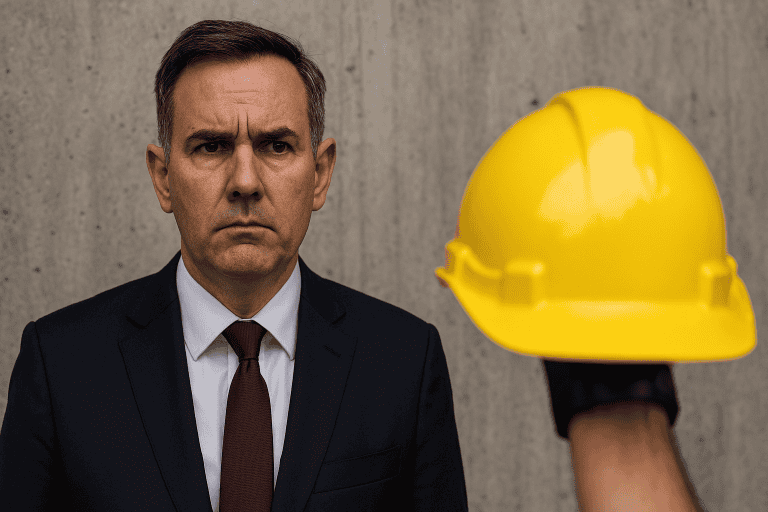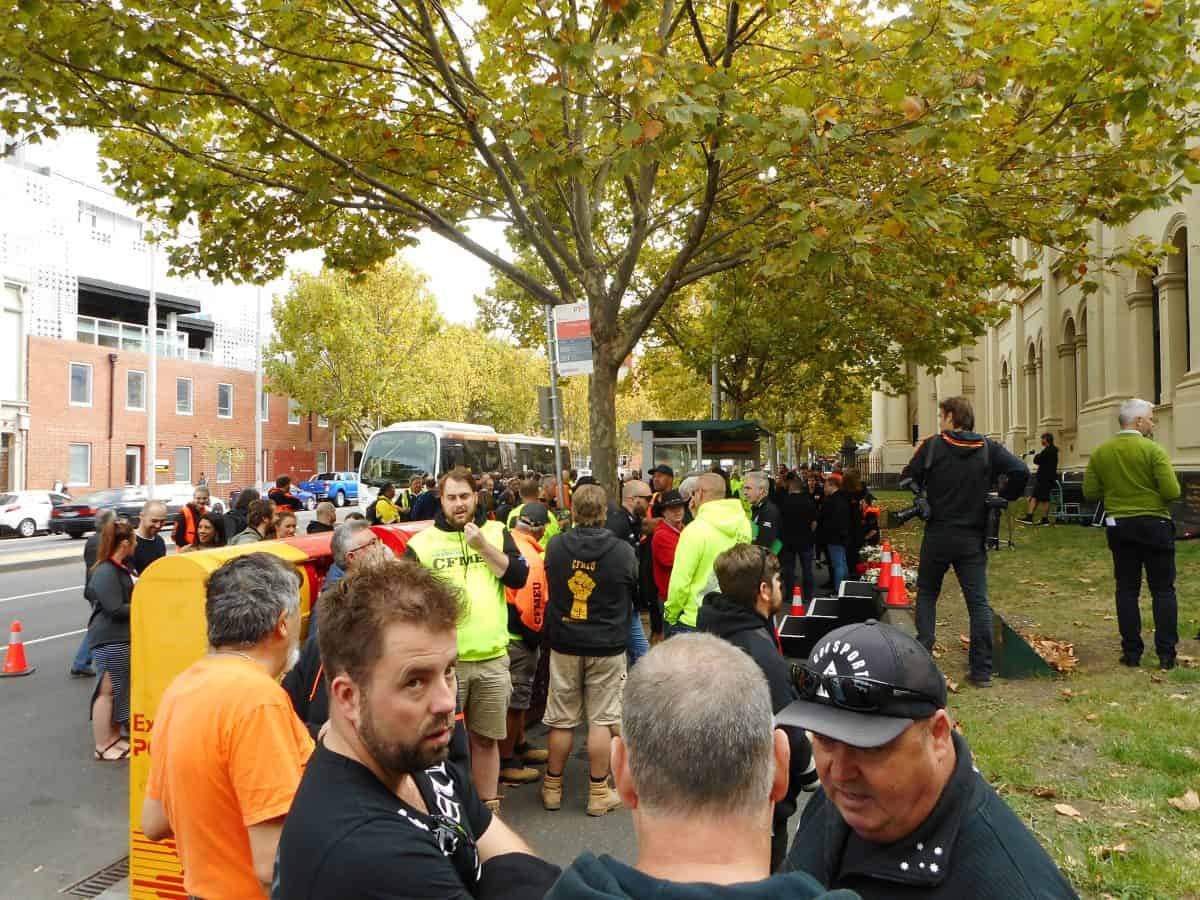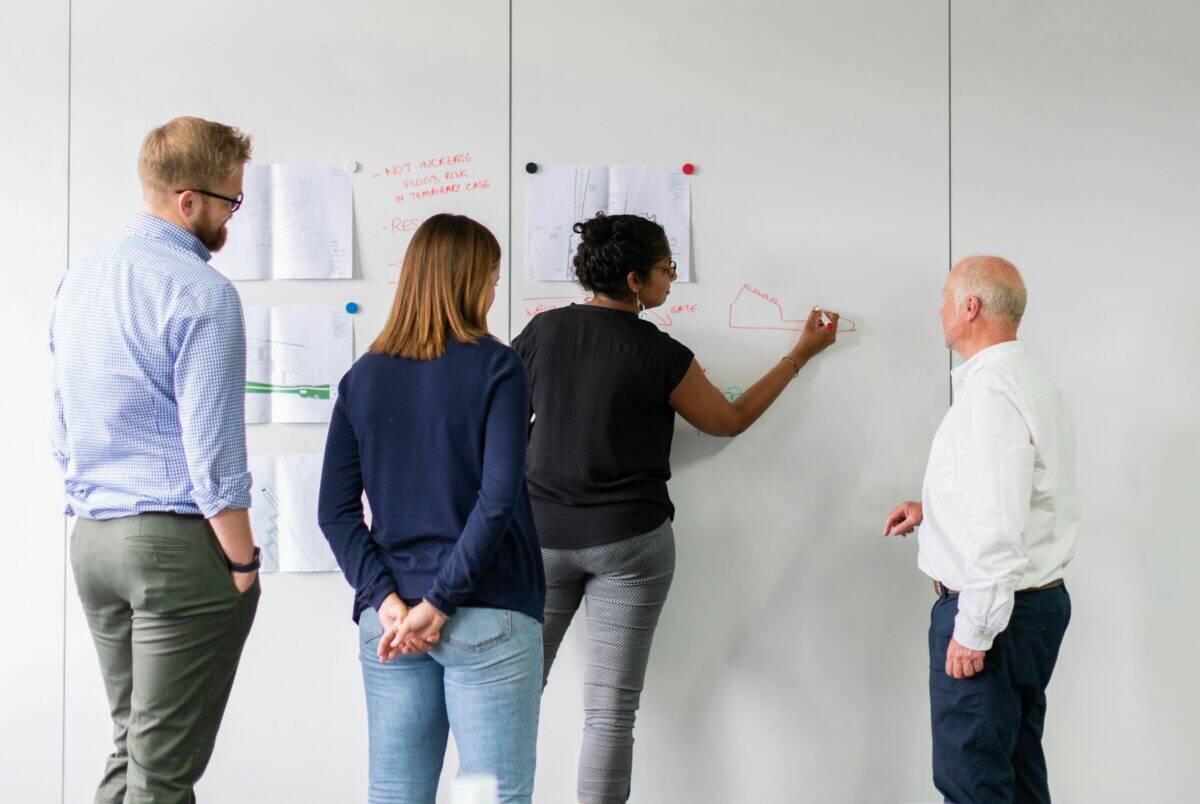Discussion about workplace psychosocial hazards seems to be everywhere. This is a good thing, as everyone needs a better understanding of the risks workers face and what prevention mechanisms are expected from employers and business owners. But that discussion needs to be measured and accurate. A recent article written about this issue for accountants is slightly inaccurate about occupational health and safety (OHS).
Category: executives
Australia’s Safety Blindspot
Australia’s Economic Roundtable recycled the same institutions and failed metrics that have long masked our productivity crisis. As Amy Remeikis notes, those who shaped past policy failures now feign surprise at the fallout. Meanwhile, important drivers of productivity, such as safe and quality work, remain ignored. OHS is treated as a compliance chore, rather than a strategic asset. If the Albanese government truly wants productivity reform, it must stop listening only to the “profit class” and start measuring what matters: worker health, dignity, and contribution.
International Workers Memorial Day Speech Template
I have attended many memorials for deceased workers. Usually, a local or State politician makes a speech about the importance of occupational health and safety (OHS), and how every worker has a right to return home safely and healthily at the end of the working day. The speeches are usually clichéd, even though these words are heartfelt and sometimes sound like they have been written from a template.
So I asked an artificial intelligence program to write a speech for International Workers Memorial Day by a senior Australian politician. Below is the remarkable result.
Is it possible to prevent psychosocial hazards?
The Occupational Health and Safety (OHS) legislation states that employers must eliminate hazards as far as is reasonably practicable. If you start your safety journey from this point, you will forever be frustrated in your OHS achievements and disappointed in your job. OHS may be forever linked with laws and regulations, but the safety and health of ourselves, colleagues and others is based on our personal moral code and the values we bring to our actions. OHS satisfaction comes from accepting that OHS laws are only part of our purpose
Suicidality as a Near Miss: Why Business Must Confront the Systems That Harm
Companies are being urged to increase their attention on the human impacts of incidents. This is a much-needed and delayed focus that existed decades ago but went out of fashion. Companies can achieve these changes after a lot of hard work and expense, but very little attention has been given to the institutions and government policies that perpetuate the “individual pathology” of workplace incidents. Some recent sociological research helps us see the immorality behind the status quo.
Workplace Bullshittery: Laugh, Cringe, Revolt
A new Australian book could revolutionise workplace cultures and improve consultation on a range of matters, not just occupational health and safety (OHS). “Wankernomics – A Deep-Dive Into Workplace Bullshittery” should be read by every worker, especially those in offices and administrative roles.
Having worked as a safety adviser on a construction site, this book confirms how the workers saw my role. I’d like to say that you finish this book with revelations of the future, but workplace bullshittery is so pervasive and ingrained, the future is bleak.
When Work Kills: Unmasking Suicidality in Corporate Australia
For over twenty years, John Bottomley has been researching the influence of work factors in suicide. His early research is rarely referenced, and although only a small sample was studied, his findings were significant. New research, published recently in the Journal of Industrial Relations, adds an essential perspective as Australia continues to progress (painfully slowly) on the prevention of workplace psychosocial hazards.
Note: this article discusses work-related suicide







